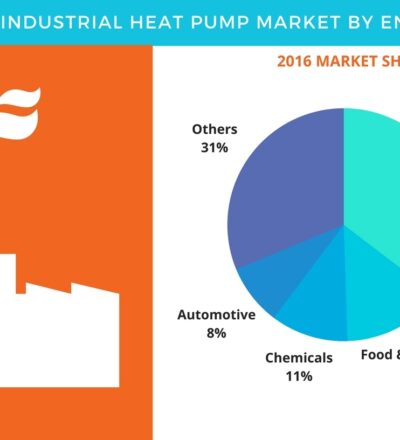Drying processes account for approximately 15% of the Dutch industrial primary energy use and associated CO2 emissions. Up to 70% of the energy needed in drying processes is emitted into the environment as latent heat in the exhaust air. The reason for these emissions is that the temperature of the latent heat is too low for re-use in the process.
Heat pumps are identified as a promising technology to recover the latent heat in drying air and upgrade it to process heat with the aid of electricity. The use of electricity eliminates the so called scope 1 emissions and, since the amount of electricity is typically 1/3 to 1/5 is of the produced process heat, significantly reduces the energy need.
In order to fully utilize the potential of heat pumps, the correct integration with the drying process is necessary. The PINcHED project investigates the heat pump process integration for two typical drying processes: Convective drying (Huhtamaki use case) and Contact drying (Cosun/Rixona and AVEBE use cases). The project approach is to take an existing drying process, replace the utilities by a heat pump and determine the technical and economic feasibility (Brown Field situation). Subsequently, the properties of the heat pump are taken as the starting point and the necessary modifications of the process to arrive at the best feasible heat pump integration are determined (Green Field situation).
The Brown Field heat pump integration is not economically feasible for both contact drying and convective drying as a result of the large temperature difference of approximately 150K between the source heat and the process heat.
Airless drying in combination with improved heat transfer is identified as a way to reduce the temperature lift. The Green Field situation for contact drying is possible for the heat pump but very challenging for the drying process. Issues with product quality, technical and economic feasibility remain to be solved. The Green Field situation for convective drying is possible for the heat pump with technical and production capacity issues to resolve.
Download your free copy
Our publications are free to access. Simply provide your first name and email address to download.
